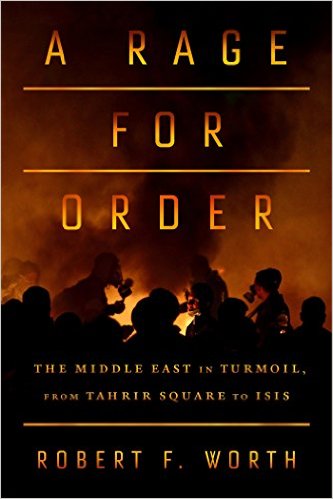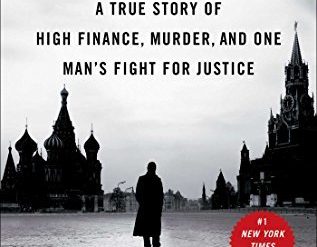
Historians are fond of advancing the notion that no major event in human affairs can be fully understood until many years later, when the major actors have passed from the scene and long-suppressed archival records finally come to light. Journalists sometimes dispute this contention, citing their eyewitness accounts and face-to-face interviews with players large and small. Though I’m fond of history and read a good deal of it, I’m sometimes tempted to side with the journalists, if only because contemporary conditions may be best understood by contemporaries. Robert F. Worth‘s new book about the Arab Spring, A Rage for Order, is a case in point.
Estimated reading time: 3 minutes
The Arab Spring and the disorder it spawned
Shifting from Tunisia to Egypt to Libya, Syria, and Yemen, Worth’s account of developments in the Middle East beginning in 2011 introduces us to a series of fascinating individuals whose stories illustrate the intimate realities that together comprise what we sum up in shorthand as the “Arab Spring.” It’s a finely textured portrait of the region, and profoundly sad.
A Rage for Order: The Middle East in Turmoil, from Tahrir Square to ISIS by Robert F. Worth ★★★★★
In A Rage for Order, you’ll meet two Syrian women, one Sunni, the other Alawite. Close friends in their youth, they gradually grow apart under the pressures of the increasingly violent civil war. Worth sees the tragedy here and elsewhere in the region, explaining “that this great battle between Sunni and Shiite was really just a cynical power struggle between the region’s two biggest oil producers, Saudi Arabia and Iran, who fed their people sectarian slogans the way you might feed amphetamines to a tired boxer.”
You’ll also meet the two remarkable old men, bitter enemies for decades in the turbulent opposition politics of Tunisia, who swallow their differences to force a moderate compromise on their followers, ensuring peace for their nation. You’ll meet a defector from ISIS and read his tale of favoritism and corruption within the Islamic State. And you’ll learn the little-understood history of the Alawites who rule Syria under the iron thumb of their leader, Bashar al-Asaad. This is history in the making, well told.
In summing up his story in the book’s final paragraph, Worth writes: “The protesters of 2011 had dreamed of building new countries that would confer genuine citizenship and something more: karama, dignity, the rallying cry of all the uprisings. When that dream failed them, many gave way to apathy or despair, or even nostalgia for the old regimes they had assailed. But some ran headlong into the seventh century in search of the same prize.”
About the author
Robert F. Worth’s bio on his publisher’s website reads as follows: “Robert F. Worth spent fourteen years as a correspondent for The New York Times, and was the paper’s Beirut bureau chief from 2007 until 2011. He is a frequent contributor to The New York Times Magazine and The New York Review of Books. He has twice been a finalist for the National Magazine Award. Born and raised in Manhattan, he now lives in Washington D.C.” This book about the Arab Spring is his first.
For related reading
This is one of the books I’ve included in my post, Gaining a global perspective on the world around us.
Like to read books about politics and current affairs? Check out Top 10 nonfiction books about politics.
If you enjoy reading nonfiction in general, you might also enjoy:
- Science explained in 10 excellent popular books
- 10 great biographies
- My 10 favorite books about business history
And you can always find my most popular reviews, and the most recent ones, on the Home Page.



























